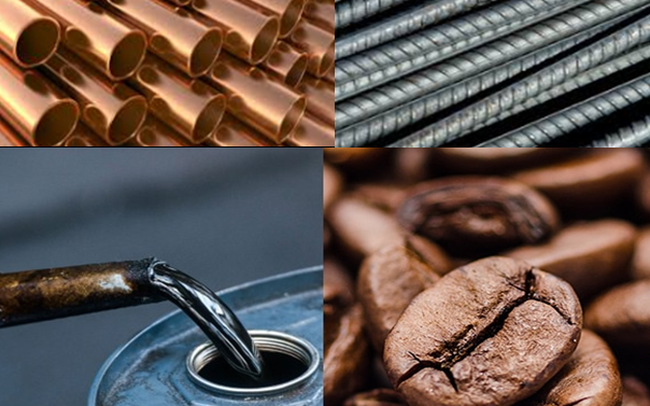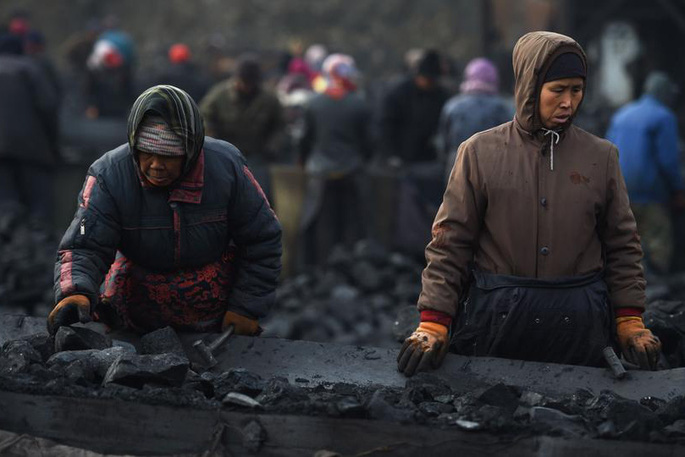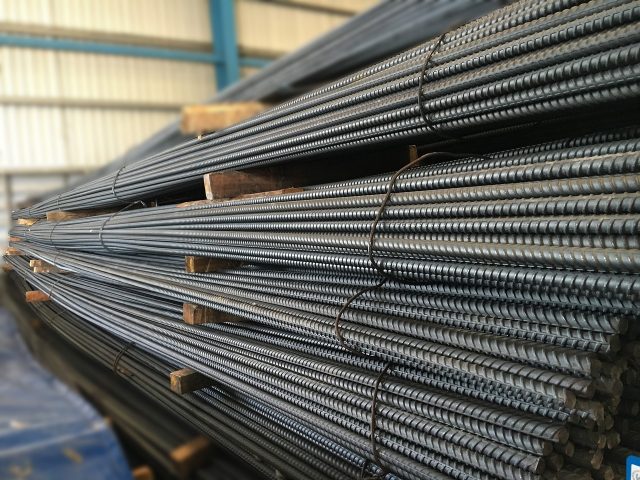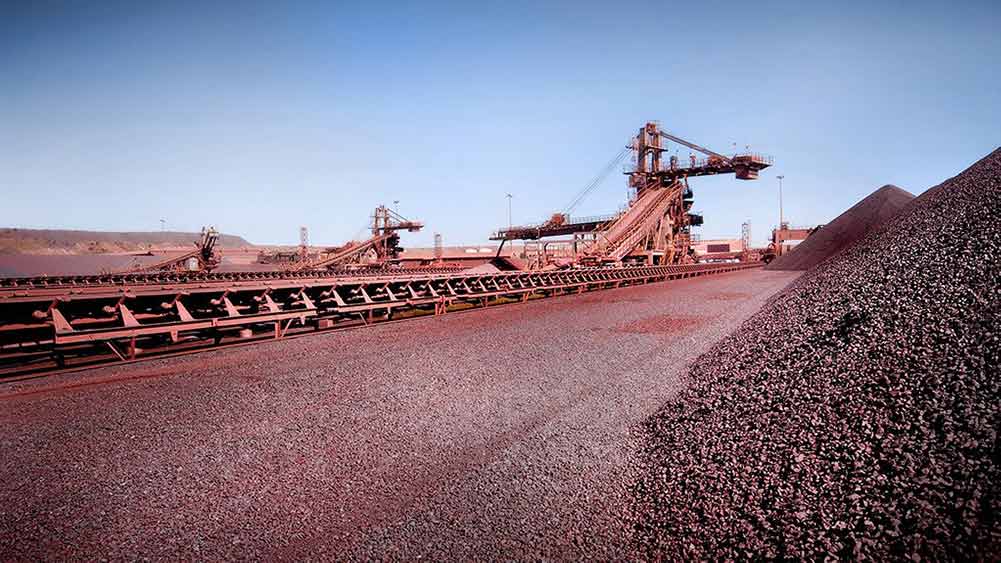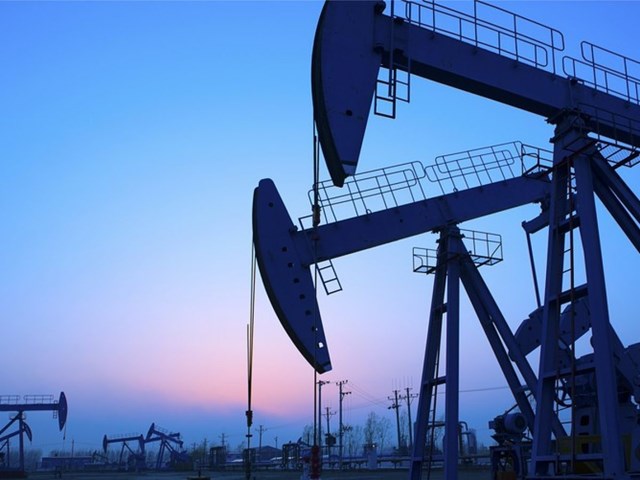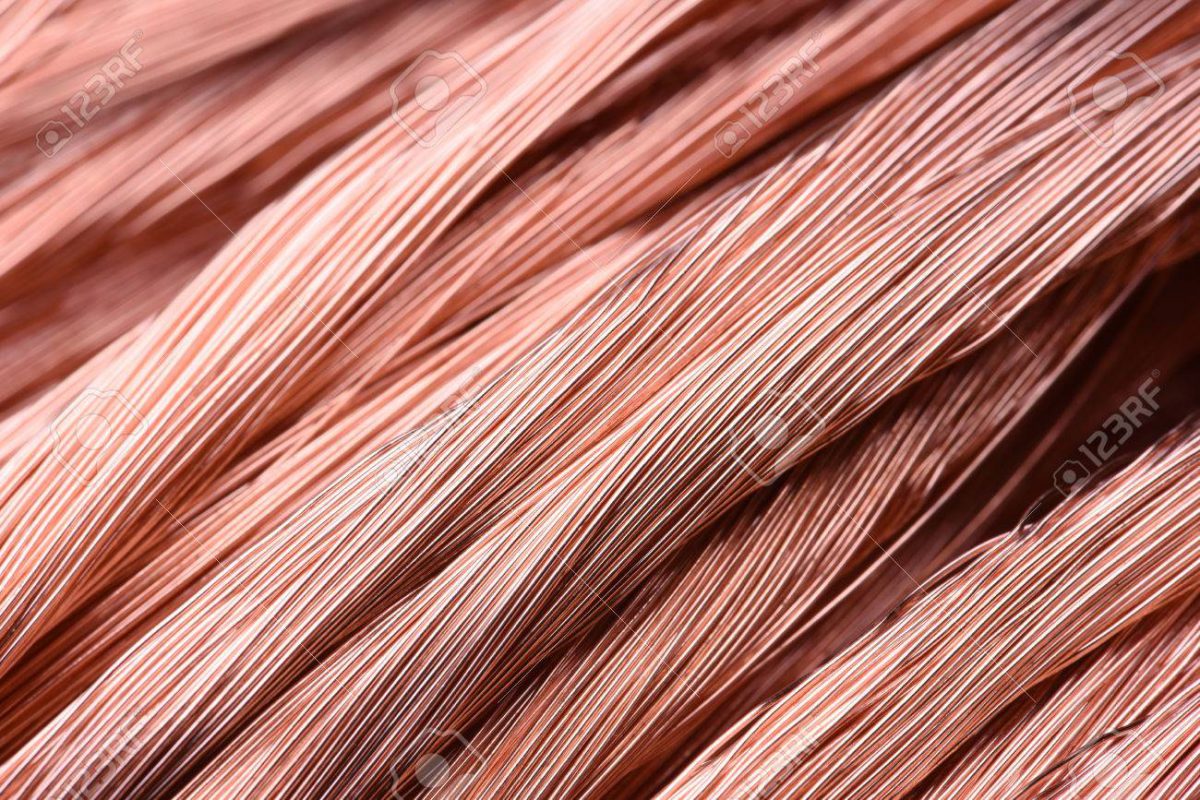Output regulations tied to winter emissions limits are nothing new for China’s steel and aluminum producers. However, this year, the prolonged power shortage throughout the summer due to low coal supply and strong demand has led to many production facilities consuming large amounts of electricity being forced to suspend operations in fear. about the coming winter there won’t even be enough electricity to keep warm.
Areas that consume a lot of electricity such as aluminum and cement production this year are also likely to be ranked first in the list of forced production restrictions to “give” electricity to other areas – consuming less electricity. than.
Power distribution map in China.
Fertilizer manufacturers, who are also energy-hungry ones, are also at the top of the list, forced to cut power, pushing up fertilizer production costs. However, because of the importance of fertilizer production to food security, this sector is still allowed to maintain a relatively high level of activity and is guaranteed electricity supply.
The metal industry suffered the heaviest losses
However, many metal manufacturers have received directives to reduce operations to save energy, resulting in reduced output of an important industrial raw material.
Much of China’s metal production is concentrated in regions with severely constrained power supplies, including Jiangsu, Hebei, Xinjiang and Yunnan, as soaring electricity demand outstrips supply and forcing the government to take drastic action to try to prevent excessive electricity consumption.
China’s top provinces in terms of manufacturing products and goods.
Investment bank Morgan Stanley estimates that 7% of aluminum capacity in China has been affected so far by the power cuts, while about 67% of China’s total steel capacity, located in 11 provinces, has announced announced some production control measures in the last 6 months of 2021.
For cement, 35% of China’s total production has been affected, and about 30-40% of the production capacity of major petrochemical products has also reported the same situation.
BMO Capital Markets analyst Colin Hamilton said that China’s aluminum output this year will be about 1.5 million less than planned, meaning a loss of $4.5 billion in revenue.
This year, there were many items with “shocking” price increases, with some of the biggest gainers falling in steelmaking materials such as ferrosilicon and silicomanganese, which increased 87% and 58% respectively this quarter, due to lack of electricity. forcing manufacturers to cut production.
The price of coal and metals in China increased sharply due to a lack of production due to lack of electricity.
Clare Hanna, senior steel analyst at CRU, said: “Lack of supply and forced to reduce output is the most hot topic of discussion in the market.” The CRU estimated China’s silicomanganese production fell 40% in July from the previous month, as production restrictions that began in Inner Mongolia spread to Guangxi and elsewhere.
“We anticipate that electricity will continue to be scarce throughout the winter,” said analyst Hanna.
Restrictions on the aluminum industry’s use of electricity also began in Inner Mongolia, then spread to Yunnan in the southwest of China.
Over the past three years, many aluminum smelters have moved production capacity to the province, which is also a major center for tin and zinc production, to tap into the region’s abundant hydroelectricity. However, the severe drought in May and June this year has reversed the situation, and the power grids are always struggling with power shortages.
China’s base metal output this year is on a downward trend.
Paul Adkins, managing director of consulting firm AZ China, said Chinese aluminum companies have struggled to find a way to catch up with the low-carbon aluminum trend in recent years. But “there simply isn’t enough renewable energy to support more than 20 percent of total demand,” Mr. Adkins said.
Cost of team up
Smelters also face much higher costs as coal-fired power plants struggle to secure enough raw coal, as thermal coal futures prices in China hit highs. near a historical record high, above 1,300 yuan ($200)/ton.
The price of reference thermal coal in China is up 137% year-to-date, reaching a record high.
Dozens of manufacturers ranging from dye makers to soybean crushing plants have also had to cut back or shut down operations at least until the end of the upcoming National Day holiday, from May 1. 10, maybe even longer, according to some market observers.
“The power shortage in China reflects strain on the global energy market and will not be resolved overnight,” Capital Economics said in a note to its clients.
“The capacity allocation will limit the activity of the industrial sector until demand weakens enough to bring the domestic electricity market back to equilibrium.”
A prolonged shutdown of the metal poses a risk to end consumers, who are already faced with rising prices.
“The key concerns for the auto supply chain are cost-push inflation, and the tight supply of components/parts upstream could impact downstream production/profits,” said Morgan Stanley. “.










